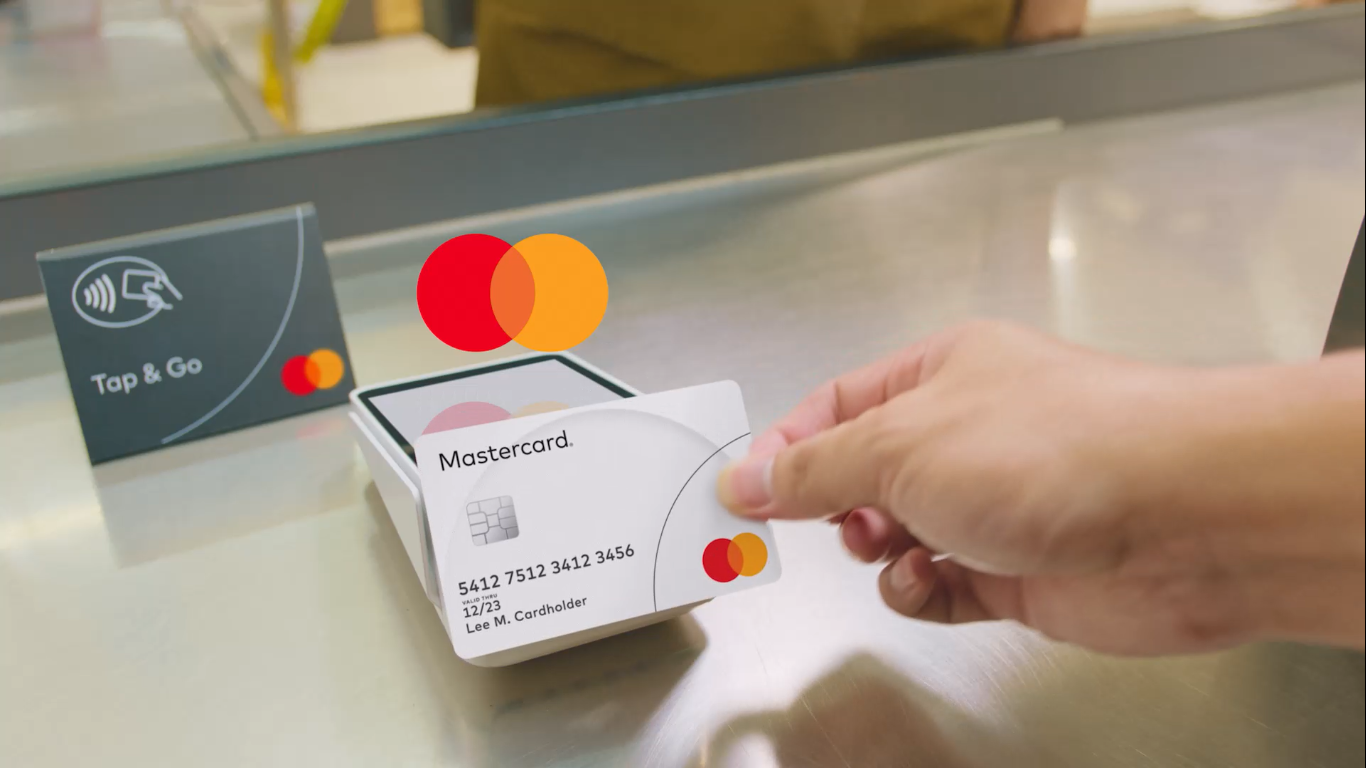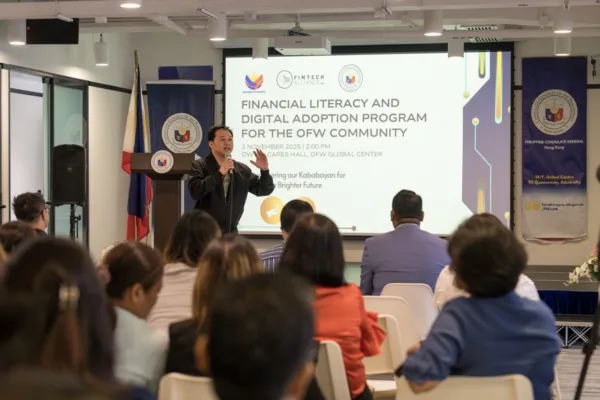by Jan Michael Carpo, Reporter
Imagine a Philippines where your 16-digit card number is a relic of the past, where cross-border remittances are as seamless as sending a text, and where fraud is a distant memory. This isn’t a futuristic fantasy; it’s the ambitious roadmap that Mastercard is laying out for the Philippines, a digital revolution aimed at fundamentally reshaping the nation’s financial landscape by 2030.
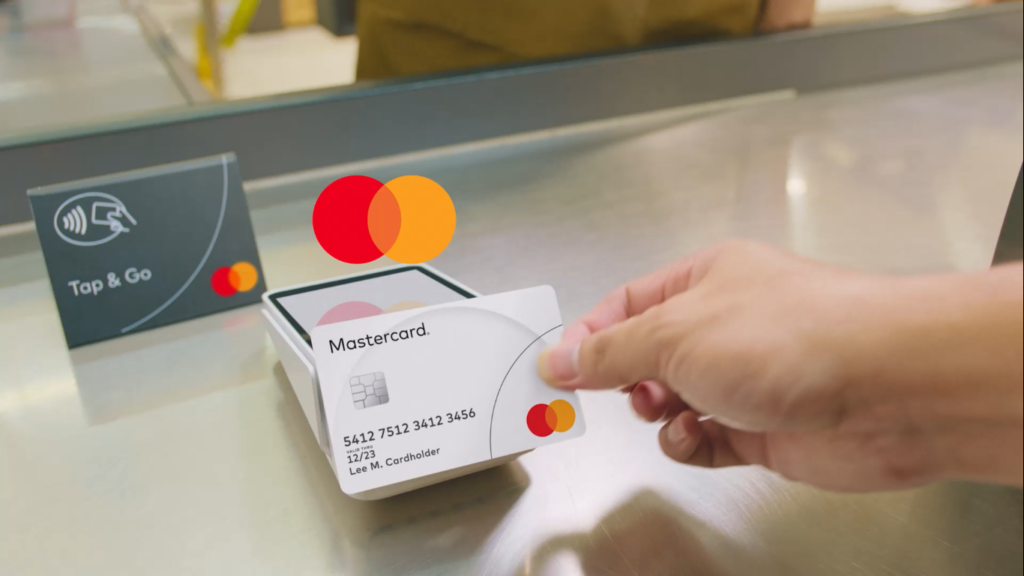
At the heart of this transformation lies tokenization, a cutting-edge security feature that replaces sensitive card details with unique digital tokens.
Simon Calasanz, Mastercard’s country manager for the Philippines, envisions a future where “the payments sector is moving toward tokenization,” and Mastercard is determined to ensure the Philippine market is not just ready, but leading the charge.
“When you tap your contactless card or phone in-store, or make payments in-app or online, the merchant receives the token instead of your card number, so they never see or store your actual card information,” Calasanz explains. This simple yet powerful mechanism promises to drastically reduce fraud risks, creating a safer and more efficient transactional environment for every Filipino.
Mastercard’s vision: Transactions that extend beyond security
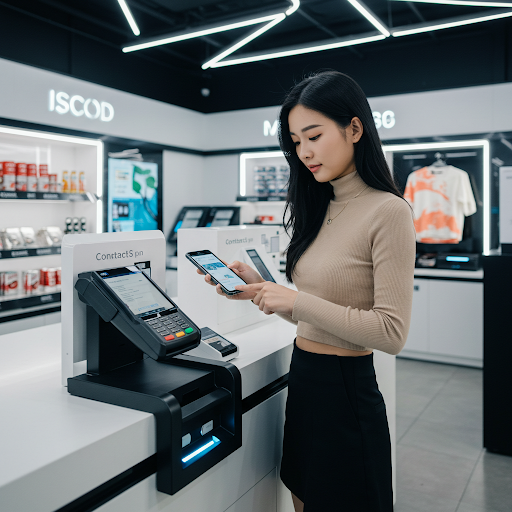
Convenient, easy, and hassle-free. These are just some of the words that we often associate with a “safe” and “secure” banking experience. And despite cash being the primary method of payment for Filipinos, government authorities are now urging an increased adoption of digital banking and debit cards, especially among the unbanked, to enhance financial inclusion.
But Mastercard’s vision extends beyond mere security.
They’re now collaborating with Philippine banks to embed tokenization into digital wallets and credit/debit cards, laying the groundwork for a future where manual card entry is obsolete.
By 2030, they aim to expand this technology into capital markets and trade finance, fundamentally altering how financial transactions are conducted.
Alongside tokenization, Mastercard is championing biometric authentication, introducing passkeys that allow Filipinos to approve transactions using fingerprints or facial recognition.
This seamless and secure approach eliminates the need for cumbersome passwords, streamlining the user experience while bolstering security.
Enhancing cross-border payment capabilities
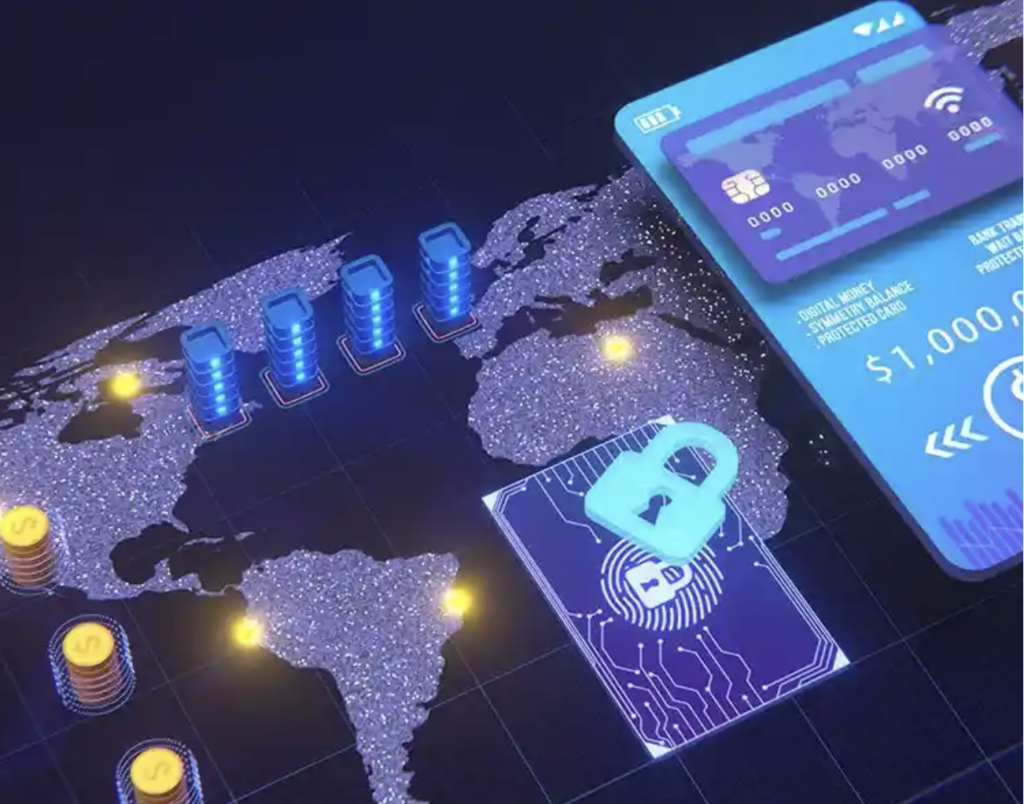
Recognizing the vital role overseas Filipino workers (OFWs) play in the nation’s economy, Mastercard is also focusing on enhancing cross-border payment capabilities.
Their partnership with Rizal Commercial Banking Corp. (RCBC) has launched Mastercard Send, enabling OFWs in over 100 countries to send money directly to RCBC Debit Mastercard holders in the Philippines, facilitating faster and more secure remittances.
“To ensure that Filipinos have access to faster, more secure, and globally connected financial services, we are still working with financial institutions and regulators to improve digital payment infrastructure,” Calasanz emphasizes.
This collaborative approach extends to working with financial regulators and BancNet to enhance InstaPay transactions and implement global standards like ISO 20022. Mastercard understands that the evolving digital payments landscape demands a unified approach, where traditional banks, digital banks, and fintech companies work in harmony.
Calasanz acknowledges the transformative power of digital banks, noting their rapid growth fueled by “quick onboarding and smooth user experiences.” He also highlights the adaptive strategies of traditional banks, who are releasing enhanced mobile apps to stay competitive.
Making cross-border commerce more efficient
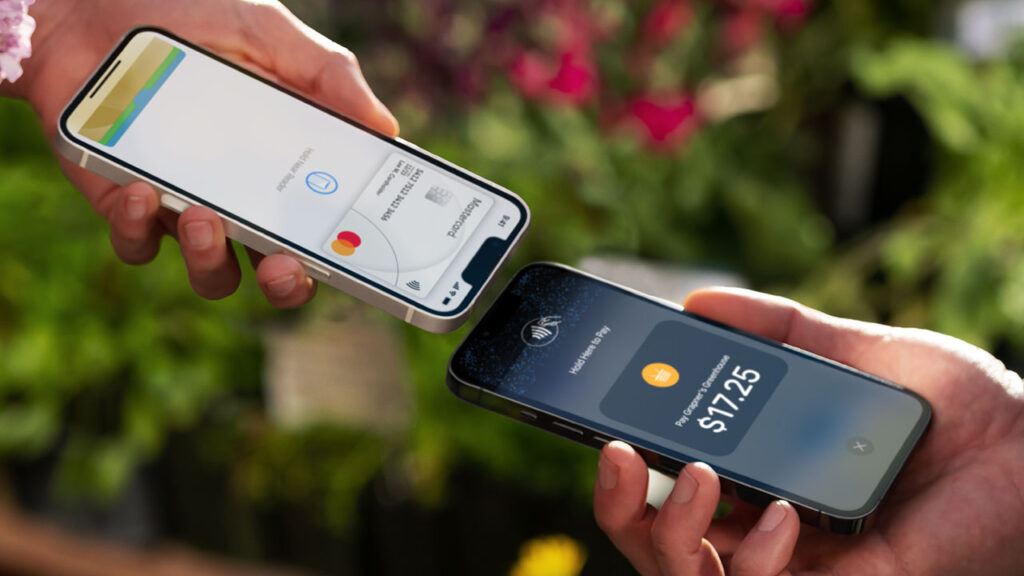
Looking ahead, Mastercard anticipates the rise of “banking-as-a-service” and platform providers, enabling banks with limited resources to seamlessly integrate into the digital ecosystem. This will democratize access to financial services, bringing more Filipinos into the fold.
Mastercard’s commitment to financial inclusion extends to ensuring digital wallets are seamlessly integrated with international retailers and financial networks.
“Cross-border commerce will become more efficient and frictionless as more wallets integrate into the global payments infrastructure, opening new opportunities for businesses and consumers alike,” Calasanz further asserts.
In essence, Mastercard is not just adapting to the changing digital landscape; they’re actively shaping it. Their ambitious vision for the Philippines is a testament to their commitment to creating a more secure, efficient, and inclusive financial future for every Filipino.
By 2030, the company aims to have revolutionized the way Filipinos interact with their money, creating a digital landscape that is both innovative and empowering.




